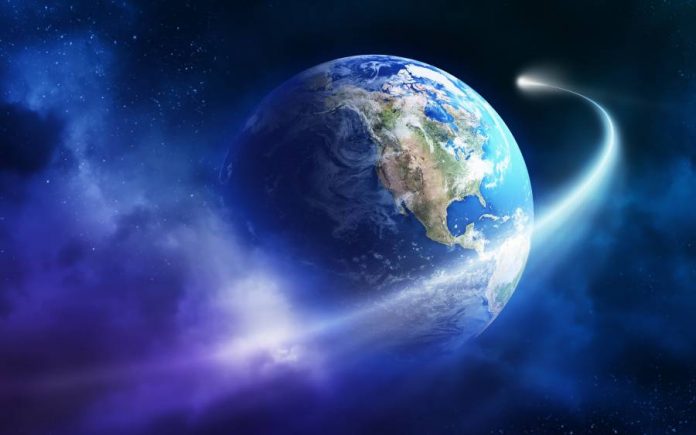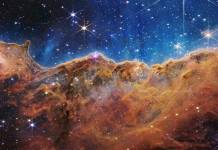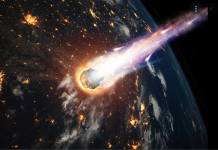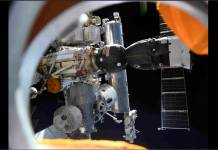
2016 will have its own personal farewell, as a comet that travels around the solar system will be visible shortly after the sunset of new year’s eve. The celestial object will show its magnificence for a brief moment in the western sky right next to the crescent Moon.
NASA’s Jet Propulsion Laboratory, which is in charge of exploratory robotic missions for the NASA, officially announced the event on its Twitter account @NASAJPL.
The comet is called 45P/Honda-Mrkos-Pajdusakova; a name that comes from the three first astronomers who first discovered the comet in 1948.
For practical purposes, the comet is also known as Comet 45P. It measures almost a half-mile in diameter and has a bluish color.
Kevin D. Conod, an astronomer at the Newark Museum’s Dreyfuss Planetarium, wrote on an astronomy column the celestial object would reach its closest point to the sun on New Year’s Eve and will be very low in the sky.
That is to say that it will be slightly above the horizon at new year’s eve dusk.
How to see 45P in new years eve
Even though the comet is a huge and bright object, it will have to struggle with other light sources, such as other stars and the Moon itself.
Seeing it with the naked eye might be challenging, so the best option is to use either a small telescope or at any rate a good pair of binoculars.
Shortly after the sun sets, you should point the device of your preference to the west, specifically left to the moon and you should be able to see the comet with its long tail.
If you happen to miss the event, another chance will be available in February 2017, when the comet swings back around the sun one more time before leaving for another five years approximately.
Comet 45P/Honda-Mrkos-Pajdusakova, could be magnitude 6.5 in Feb/March 2017. pic.twitter.com/W9qhkStBKU
— Con Stoitsis (@vivstoitsis) November 5, 2016
Nature is going to play a crucial role on your possibilities to spot the comet. The sky must be totally clear with no clouds to the west. Pollution in your city might also play a role, as it tends to reduce the visibility at long distances.
Comets vs. Asteroids
Many are the people who have misconceptions about different objects that fast-travel across the solar system.
Unlike asteroids, which are mainly composed of solid rock or even metals like iron; comets are made up of ice, dust, and organic compounds.
As they are made of dust and ice mainly, it is possible to observe them as they orbit near the Earth, due to all the debris they lose. Asteroids, on the other hand, can only be seen once they try to enter the atmosphere and they are vaporized in the process.
Source: NBC Chicago











